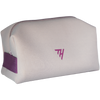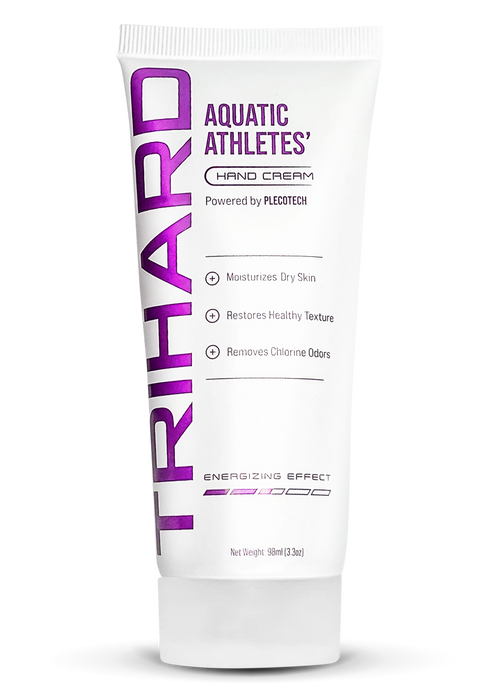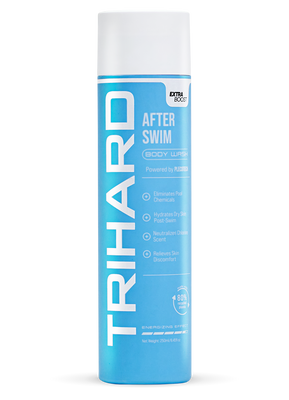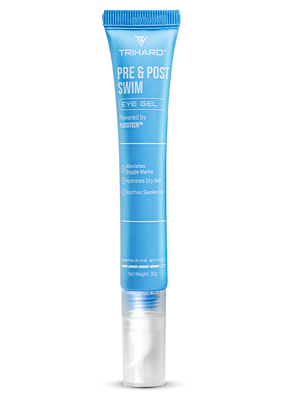How to Become a More Efficient Runner
Effective running techniques are one of the most important factors for triathletes and for their success in competitions. In each of the disciplines — running, swimming, or cycling — we use energy to move forward.
When we talk about efficiency, we mean higher rates of chemical energy will be translated into kinetic energy and forward movement.
To do this we will talk about two terms: Ground Contact Time (GCT) and Vertical Oscillation (VO).
Ground Contact Time (GCT
Ground Contact Time is the amount of time each foot spends on the ground while running. This figure can have a significant impact on the running speed produced at a given energy level.
The longer the foot is on the ground, it means that our energy stays on the ground rather than being used for forwarding movement. Less time on the ground usually translates to more efficient running.
Vertical Oscillation (VO)
Vertical Oscillation is the distance the torso moves vertically with each step while running.
Because we want to channel as much energy into forwarding movement, we don't want to waste it upwards. The higher the VO, the more energy we spend going upwards instead of forwards and also results in a higher impact at landing time.
Higher VO also means that more force must be exerted on the muscle to stop the landing. The implication is that not only are we less efficient, we also exert a greater load on the musculoskeletal system.
How to minimize contact time with the ground while also minimizing vertical movement while running
There are a few simple rules that make a big difference.
The first thing is body positioning - we want to land under the body's center of gravity. When you place your foot in front of the center of gravity, you are in a position that requires you to move your body weight beyond the leg that is your axis.
This process of moving the weight beyond the leg is a waste of time on the ground and as we have already said, a waste of energy. When we land under the center of gravity, all we have left to do is to get off the ground while pushing the ground backward. Landing below the center of gravity also actually affects our vertical oscillation.
When we land under our body’s center of gravity, our body is tilting forward and the energy we exert will push us up and forward. When we land in front of our body’s center of gravity, we are usually upright and then our leap from the ground takes us up high instead of up and forwards.
As soon as we improve our running stance, lock the body posture, and our feet in contact with the ground. After that, the ground contact time is likely to decrease, the vertical oscillation will likely decrease, and the running efficiency will increase.
How can we practice?
Stand upright and begin to lean forward with a straight back while bending occurs from the ankle and not from the pelvis.
The body moves in a straight line. Continue to lean forward until the heels rise and from there start to run forward for about 100 meters. Stop and repeat the same move again.



































Leave a comment